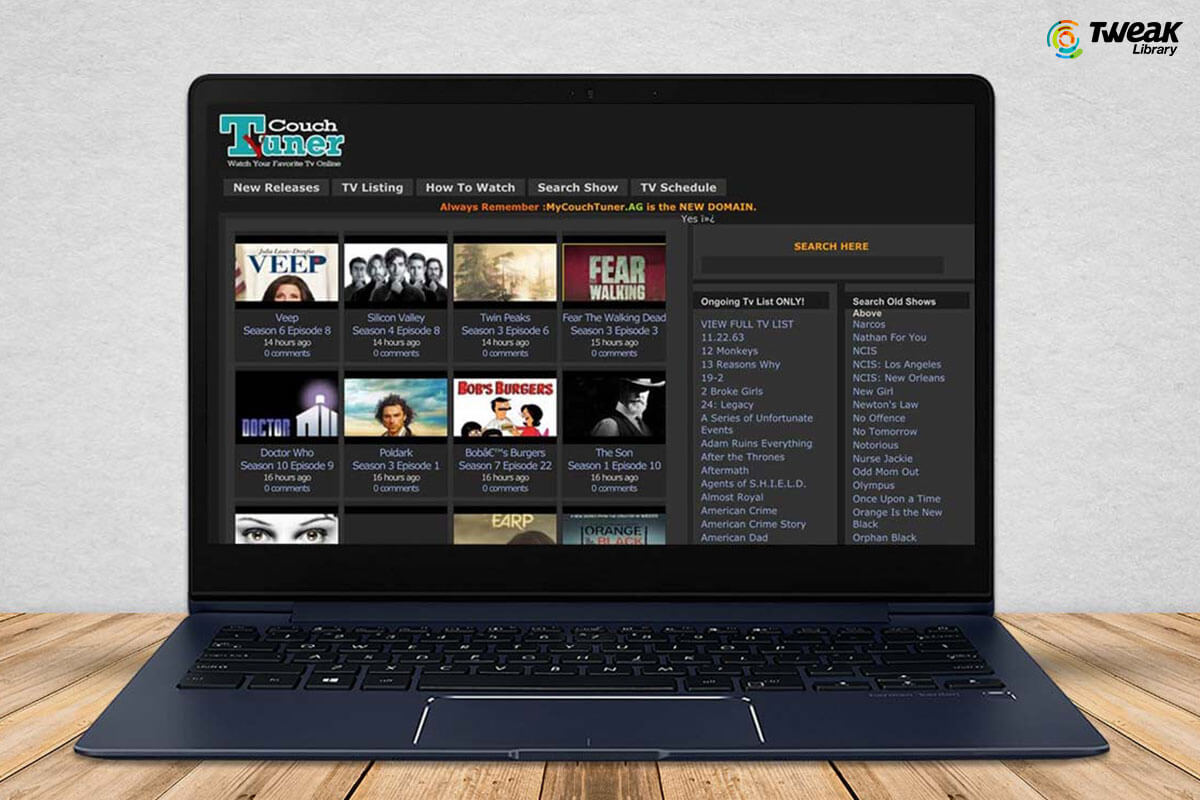GPRS stands for General Packet Radio Service. It is a Communication related term, Here you learn the full name and complete information of General Packet Radio Service.
| Term | Full Form |
| GPRS | General Packet Radio Service |
| Category | Communication |
| Region | Globally |
Find Useful Terms and Definitions which we use in daily life but we do not know their full name meaning, Here’s a list of important abbreviations that you should know.
General Packet Radio Service
GPRS was established by ETSI in response to the earlier CDPD and i-mode packet-switched cellular technologies. It is now maintained by the 3GPP.
GPRS is typically sold according to the total volume of data transferred during the billing cycle, in contrast with circuit switched data, which is usually billed per minute of connection time, or sometimes by one-third minute increments. Usage above the GPRS bundled data cap may be charged per MB of data, speed limited, or disallowed.
GPRS is a best-effort service, implying variable throughput and latency that depend on the number of other users sharing the service concurrently, as opposed to circuit switching, where a certain quality of service is guaranteed during the connection. In 2G systems, GPRS provides data rates of 56–114 kbit/sec.
2G cellular technology combined with GPRS is sometimes described as 2.5G, that is, a technology between the second (2G) and third (3G) generations of mobile telephony. It provides moderate-speed data transfer, by using unused TDMA channels in, for example, the GSM system. GPRS is integrated into GSM Release 97 and newer releases.
GPRS Supports The Following Protocols
- IP In practice, built-in mobile browsers use IPv4 before IPv6 is widespread.
- PPP is typically not supported by mobile phone operators but if a cellular phone is used as a modem for a connected computer, PPP may be used to tunnel IP to the phone. This allows an IP address to be dynamically assigned (using IPCP rather than DHCP) to the mobile equipment.
- X.25 connections are typically used for applications like wireless payment terminals, although it has been removed from the standard. X.25 can still be supported over PPP, or even over IP, but this requires either a network-based router to perform encapsulation or software built into the end-device/terminal; e.g., user equipment.
When TCP/IP is used, each phone can have one or more IP addresses allocated. GPRS will store and forward the IP packets to the phone even during handover. The TCP restores any packets lost (e.g. due to a radio noise induced pause).
Related Full Forms List
If you have questions and answers related to GPRS, then tell us your thoughts in the comment, know the complete meaning of GPRS in this article.




Leave a Reply